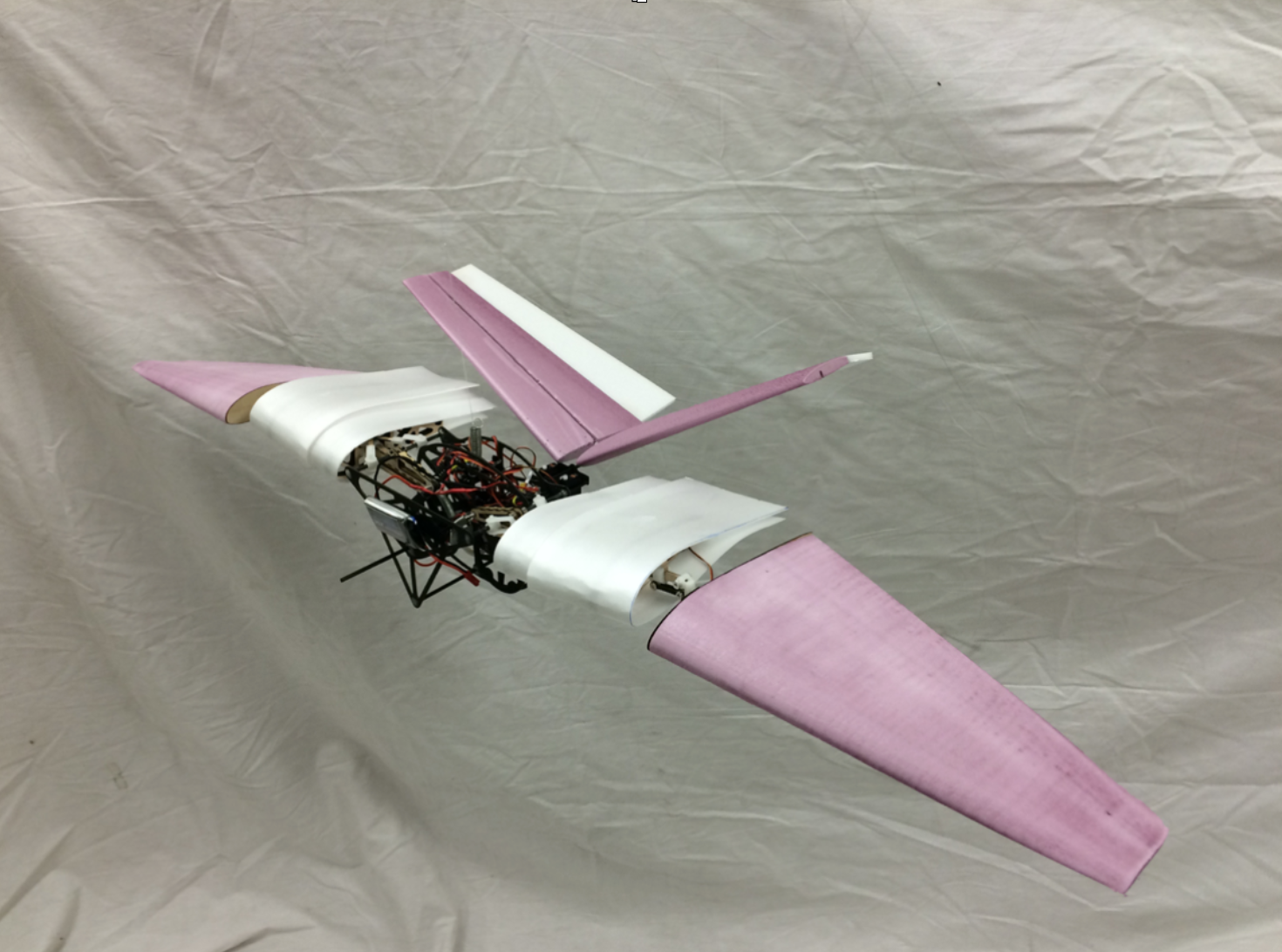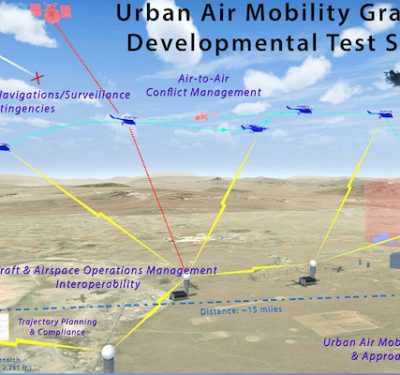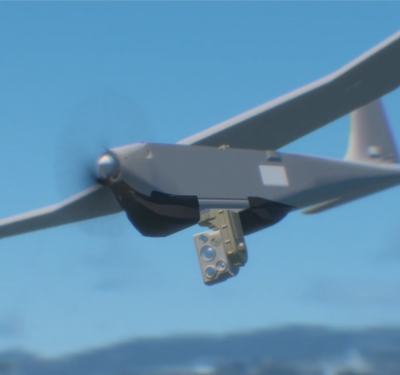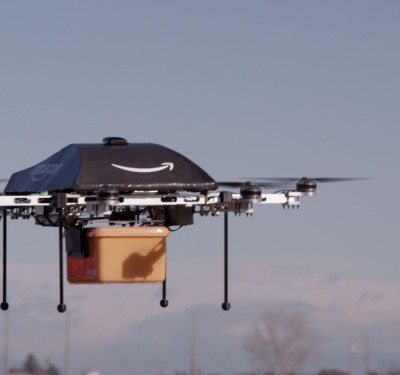
When a flock of birds collides with an aircraft, it could lead to plenty of problems—including damage to the aircraft and the need to make an emergency landing.
And these collisions can be costly. Strikes from birds and other wildlife leave behind about $715 million in damages every year, according to an estimate from the FAA that appeared in a 2011 Wall Street Journal article. This is a dangerous, expensive problem, and is one Soon-Jo Chung, Associate Professor, Aerospace Engineering & Coordinated Science Laboratory at the University of Illinois at Urbana-Champaign, hopes to solve by developing a robotic falcon that chases birds away from airfields.
“The premise here is to figure out how to reverse engineer bioinspired flight from the robotics standpoint,” Chung said. “How can we create a robotic falcon that can scare away real birds from the airfield? To achieve this goal, we have to understand bioinspired flights. We have to understand birds have multiple joints in their wings and how they work. It’s a complicated problem.”
Chung received about $500,000 in funding from the National Science Foundation’s CAREER Award program in 2013 to design this falcon, as well as funding from other sources to develop a computer vision based navigation method.
Other options
Using a real falcon has proven to be one of the most effective ways to remove these flocks today, Chung said. The problem? This method is both expensive and dangerous. Someone has to control and train the falcons, which are both difficult tasks. And peregrine falcons—the falcons who have proven to be the best at herding these flocks—are an endangered species.
Shot guns and laser beams also have been used to scare away bird flocks, Chung said, but they’re not the most popular options, especially with animal rights activists.
The research
An intelligent, falcon-inspired robot would solve these problems, but it certainly isn’t a simple solution. Researchers must learn about the falcon’s behaviors and its complicated wing structure to successfully mimic it. Birds are smart, so the robotic falcon needs to look, fly and act like the real deal, or it simply won’t work.
Chung described his research as a grand control challenge problem. Falcons have complex nonlinear flapping flight dynamics with many articulated wing joints. They also exhibit wing flexibility, which is difficult to monitor and control. This all has to be considered as they work to develop a falcon with articulated wings that can successfully herd birds away from aircraft.
The team is also working to develop multi-agent pursuit-evasion algorithms that make it possible for these robotic falcons to identify targets and then navigate the birds away from the airfield, Chung said.
“We’re figuring out how to use computer vision based tracking to have targets, like a bird, so the robotic falcon can intelligently come up with motion planning algorithms to scare these natural flyers away from the aircraft,” Chung said. “It’s a very interesting, scientifically challenging problem. We’re creating an analytical computer simulation to really develop the effective motion control and avoidance needed to fly like a falcon.”
To learn more about Chung’s research as well as the benefits of bird-inspired drones, check out the next issue of Inside Unmanned Systems.






